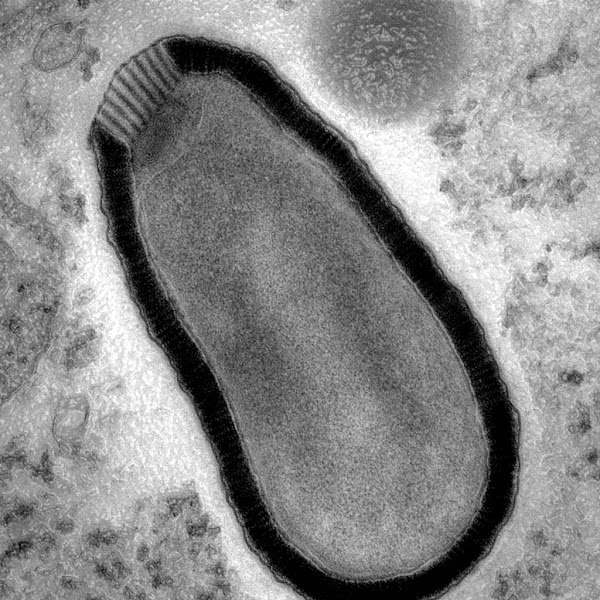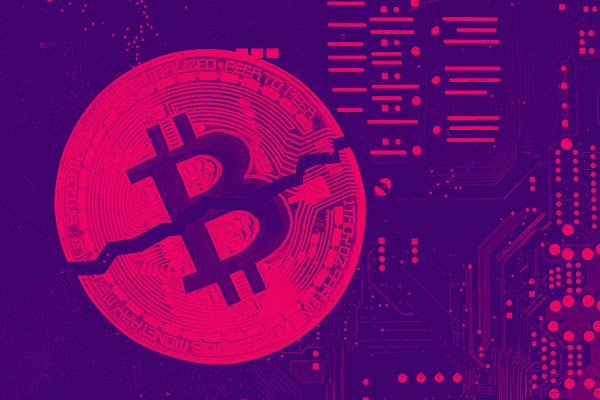What is a Coronal hole - "Sun hole"
Coronal holes are regions in the Sun's corona where the density of solar material is lower, and the magnetic field is open to interplanetary space. The corona is the Sun's outermost layer, extending millions of kilometers into space, and is characterized by extremely high temperatures, reaching up to several million degrees Kelvin. In contrast to the surrounding corona, coronal holes have a lower temperature, typically around 1 million degrees Kelvin, and a lower density of plasma.
The term "hole" can be misleading, as coronal holes are not actual holes or empty spaces in the Sun. Instead, they are areas where the solar material is less dense and the magnetic field is structured differently. In the rest of the corona, the magnetic field lines are closed, looping back onto the solar surface and confining the plasma. In coronal holes, the magnetic field lines are open, extending out into interplanetary space, allowing solar material to escape more easily.
Discovery of Coronal Holes
Coronal holes were first observed in the late 1960s and early 1970s, during the space age when advances in observational technology enabled scientists to study the Sun's outer atmosphere in greater detail. The first observations were made using X-ray and ultraviolet telescopes, which allowed researchers to visualize the corona's structure and detect the lower density regions known as coronal holes.
One of the key figures in the discovery of coronal holes was American solar physicist Richard Tousey. His pioneering work in solar ultraviolet and X-ray astronomy led to the first detection of these features, which were initially identified as "dark areas" in the corona. Further research confirmed that these regions had a lower density and temperature compared to the surrounding corona, eventually leading to the term "coronal holes."
How do Coronal Holes form
Coronal holes are formed by the Sun's complex magnetic field. The Sun's magnetic field is generated by the motion of charged particles within its interior, a process known as the solar dynamo. This magnetic field is highly dynamic, changing over time as the Sun rotates and as a result of the Sun's internal processes.
Coronal holes typically form in areas where the magnetic field is weak and oriented in the same direction as the solar rotation axis. These regions, known as unipolar magnetic regions, allow the magnetic field lines to open up and extend into interplanetary space. The open magnetic field lines allow solar material, or plasma, to escape more easily, leading to the lower density and temperature observed in coronal holes.
The formation of coronal holes is linked to the Sun's 11-year solar cycle, which is characterized by changes in the number and distribution of sunspots, as well as the overall strength of the magnetic field. During solar minimum, the period of lowest solar.
What is the Solar Cycle
The solar cycle, also known as the sunspot cycle, is a periodic change in the Sun's activity and appearance, driven by the complex dynamics of its magnetic field. The solar cycle is characterized by variations in the number and distribution of sunspots, changes in the Sun's overall magnetic field strength, and fluctuations in solar radiation levels. The cycle typically lasts about 11 years, although the duration can vary from 9 to 14 years.
Sunspots are darker, cooler regions on the Sun's surface where intense magnetic activity inhibits the flow of energy from the Sun's interior to its surface. They serve as an indicator of the Sun's magnetic activity, and their number and distribution change throughout the solar cycle.
The solar cycle can be divided into two main phases:
- Solar Minimum: During this phase, the Sun's magnetic activity is at its lowest, and there are few sunspots. The overall solar radiation is lower, and the Sun's magnetic field is weaker and more organized. Coronal holes are more common and larger during solar minimum, leading to increased solar wind activity and the potential for geomagnetic disturbances on Earth.
- Solar Maximum: During this phase, the Sun's magnetic activity is at its highest, and the number of sunspots increases significantly. The Sun's magnetic field becomes more complex, and solar radiation levels are higher. Solar maximum is marked by increased occurrences of solar flares and coronal mass ejections, which can cause geomagnetic storms and impact Earth's space weather.
The solar cycle is driven by the solar dynamo, a process that occurs in the Sun's interior and generates the Sun's magnetic field. The dynamo results from the interaction between the Sun's rotation, convection currents within the solar interior, and the movement of electrically charged particles. As the solar magnetic field evolves over time, it leads to the observed changes in sunspot number and distribution, as well as other solar phenomena.
Understanding the solar cycle is essential for predicting space weather, as it affects Earth's magnetosphere, ionosphere, and upper atmosphere. Solar activity can impact satellite communications, navigation systems, power grids, and even influence Earth's climate. Scientists continue to study the solar cycle to improve their understanding of the underlying processes and enhance our ability to predict and mitigate the potential impacts of solar events on Earth.
How are we affected by Coronal Holes
Coronal holes affect Earth by influencing space weather and geomagnetic activity. The interaction between the Sun's open magnetic field lines in coronal holes and the solar wind can result in high-speed solar wind streams. These streams are composed of charged particles (mainly electrons, protons, and some heavier ions) that flow outwards from the Sun and interact with Earth's magnetosphere.
Here are some ways coronal holes and high-speed solar wind streams can affect Earth:
- Geomagnetic storms: When high-speed solar wind streams from coronal holes interact with Earth's magnetosphere, they can cause geomagnetic storms. These storms are temporary disturbances in the Earth's magnetic field, which can last from several hours to several days. Geomagnetic storms can result in increased auroral activity, with the auroras (Northern and Southern Lights) becoming visible at lower latitudes than usual.
- Impacts on satellites: High-speed solar wind streams can increase the density of the outer atmosphere, causing it to expand. This atmospheric expansion can increase the drag experienced by low-Earth orbit satellites, potentially affecting their orbits and shortening their lifetimes. Additionally, the increased flux of charged particles during geomagnetic storms can cause surface charging on satellites, which may lead to malfunctions or damage to sensitive electronics.
- Disruption of radio communications: Geomagnetic storms and increased solar wind activity can cause disturbances in the Earth's ionosphere, which can affect radio communications. High-frequency (HF) radio signals used for long-distance communication, aviation, and marine navigation may experience disruptions or even blackouts during significant geomagnetic storms.
- Effects on power grids: Geomagnetically induced currents (GICs) can occur during geomagnetic storms, potentially impacting power grids. GICs are electric currents that flow through the Earth's surface, and they can cause fluctuations in the voltage levels of power transmission lines. In extreme cases, GICs have been known to damage transformers and cause power outages.
- Impact on human health: The increased flux of charged particles during solar wind streams and geomagnetic storms can pose a radiation risk to astronauts and passengers on high-altitude flights, particularly near the polar regions. Proper shielding and monitoring of space weather conditions are necessary to minimize the risk.
Understanding the impacts of coronal holes and their associated high-speed solar wind streams is essential for mitigating the potential effects on Earth's technological infrastructure and human activities. Ongoing research and improvements in space weather forecasting help to better anticipate and prepare for these solar events.











